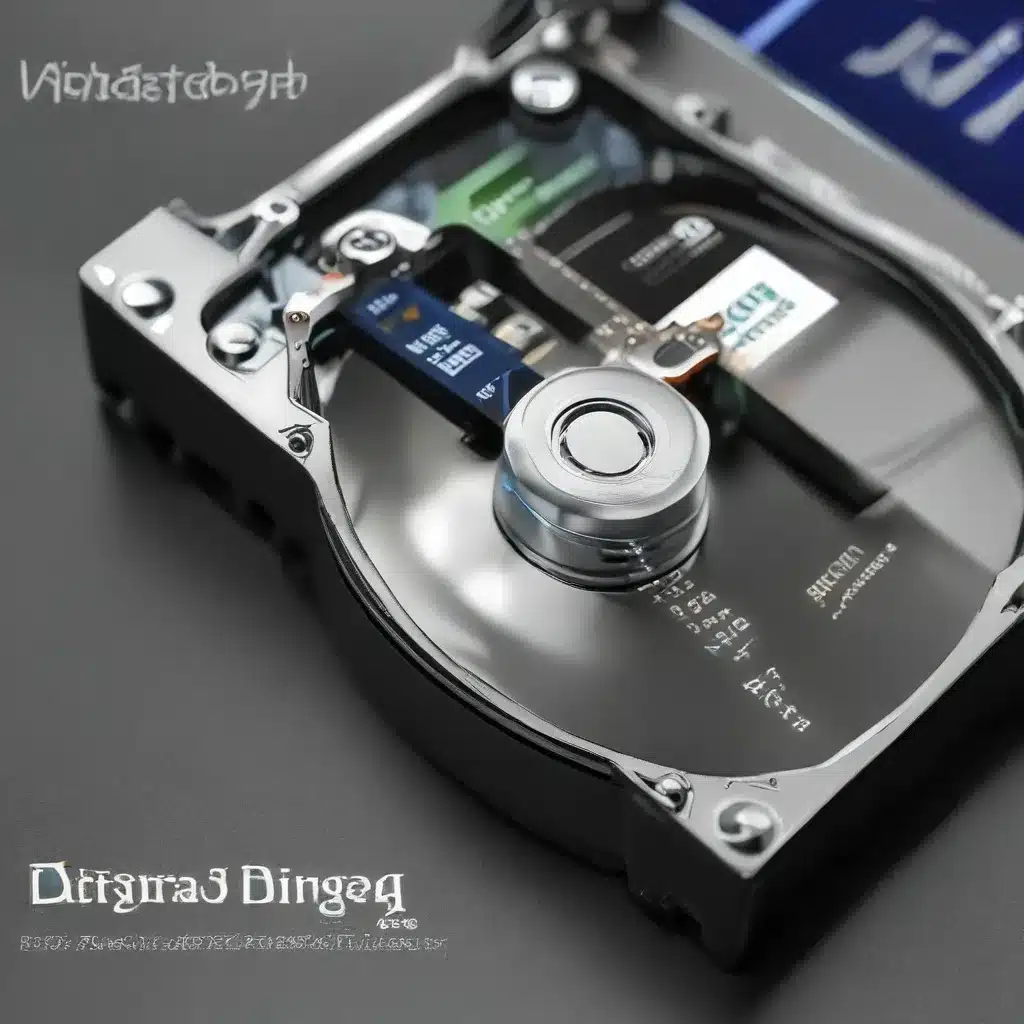
Decluttering Your Digital Home
Picture this: you’ve just come home from a long day of work, ready to wind down and enjoy a bit of leisure time. You fire up your trusty Windows PC, only to be greeted by what feels like a glacial startup and sluggish performance. Sound familiar? If so, you’re not alone. Many of us have experienced the frustration of a slow-running computer, and it can be downright maddening.
But fear not, my fellow digital citizens! Today, I’m here to share a nifty little trick that can breathe new life into your Windows machine and get it running like a well-oiled machine once again. It’s called “defragmentation,” and it’s the digital equivalent of decluttering your virtual home.
What is Defragmentation?
Imagine your computer’s hard drive as a giant filing cabinet, where all your files and programs are stored. Over time, as you add, delete, and modify these digital files, they can become scattered and disorganized, kind of like a messy drawer in your actual filing cabinet. This disorganization can lead to your computer having to work harder to find and access the files it needs, resulting in slower performance.
Defragmentation is the process of rearranging and reorganizing the files on your hard drive, so they’re stored in a more cohesive and efficient manner. It’s like taking all those scattered papers and documents and neatly organizing them back into their proper folders and drawers. This optimization allows your computer to quickly and easily access the information it needs, leading to a noticeable boost in speed and responsiveness.
The Benefits of Defragmentation
| Benefits | Description |
|---|---|
| Faster Boot Times | By optimizing the arrangement of your files, your computer can find and load the necessary system files more quickly, resulting in a faster startup process. |
| Improved Application Performance | Programs and applications that rely on frequently accessed files will see a significant performance boost, as your computer can retrieve and load those files much faster. |
| Extended Hard Drive Lifespan | Defragmentation reduces the amount of physical wear and tear on your hard drive, as it doesn’t have to work as hard to locate and retrieve files. This can help prolong the life of your storage device. |
In short, defragmentation is like a digital deep clean for your computer. It’s a simple and effective way to maintain your system’s performance and keep your digital home in pristine condition.
How to Defrag Your Drives
Performing a defragmentation on your Windows PC is a straightforward process. Here’s a step-by-step guide:
- Open the Start menu and type “Defragment” in the search bar. Select the “Defragment and Optimize Drives” option.
- In the Disk Defragmenter window, select the drive you want to optimize, typically your C: drive where your operating system and programs are installed.
- Click the “Analyze” button to check the current fragmentation level of your selected drive.
- If the analysis shows a significant level of fragmentation, click the “Optimize” button to begin the defragmentation process.
Microsoft’s official guide on defragmenting your Windows 10 PC provides more detailed instructions and tips.
It’s worth noting that the defragmentation process can take some time, depending on the size and level of fragmentation on your drive. So, be patient and let your computer work its magic. Once the process is complete, you should notice a significant improvement in your system’s overall performance.
Keeping Your Digital Home Tidy
Defragmentation is just one piece of the puzzle when it comes to maintaining a fast and responsive Windows machine. There are other steps you can take to ensure your digital home stays in tip-top shape, such as:
- Regularly Backing Up Your Data: Protecting your important files and documents is essential. ITFix can help you set up a reliable backup solution to safeguard your data.
- Removing Unnecessary Programs and Files: Decluttering your hard drive by deleting unused programs and files can free up valuable storage space and improve system performance.
- Keeping Your Software up to Date: Ensure your operating system, drivers, and other critical software are always up to date to take advantage of the latest performance improvements and security enhancements.
By incorporating these best practices into your digital maintenance routine, you can keep your Windows PC running at its best for years to come. So, what are you waiting for? It’s time to defrag those drives and unlock the full potential of your trusty Windows machine!












